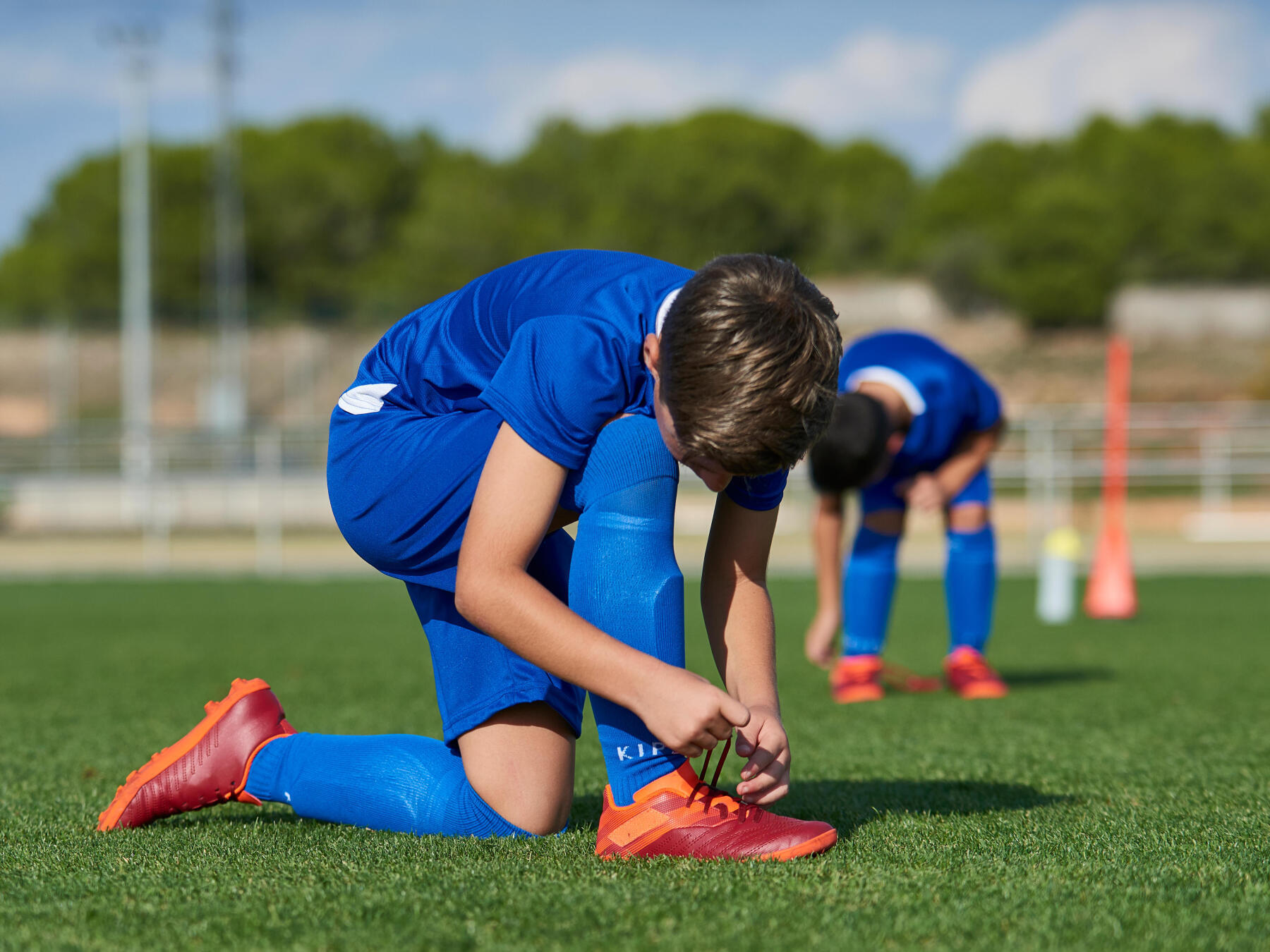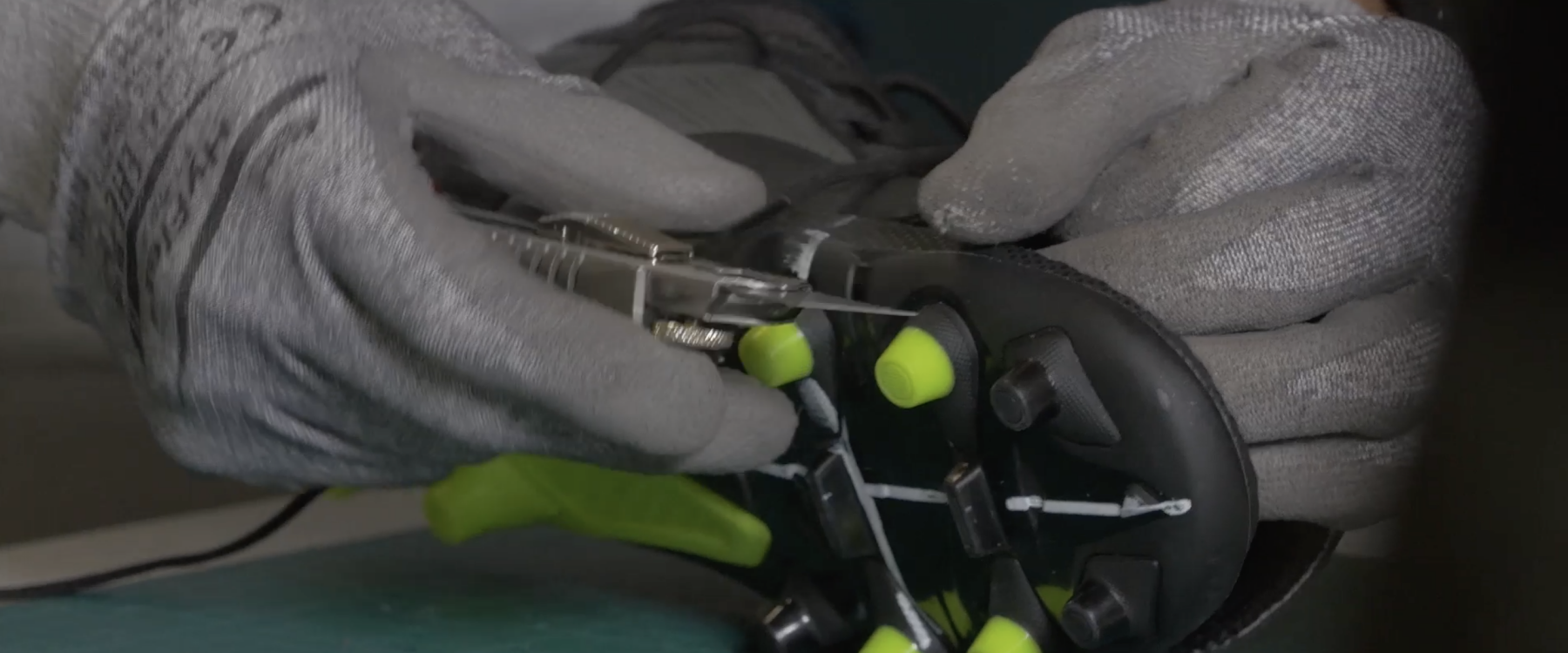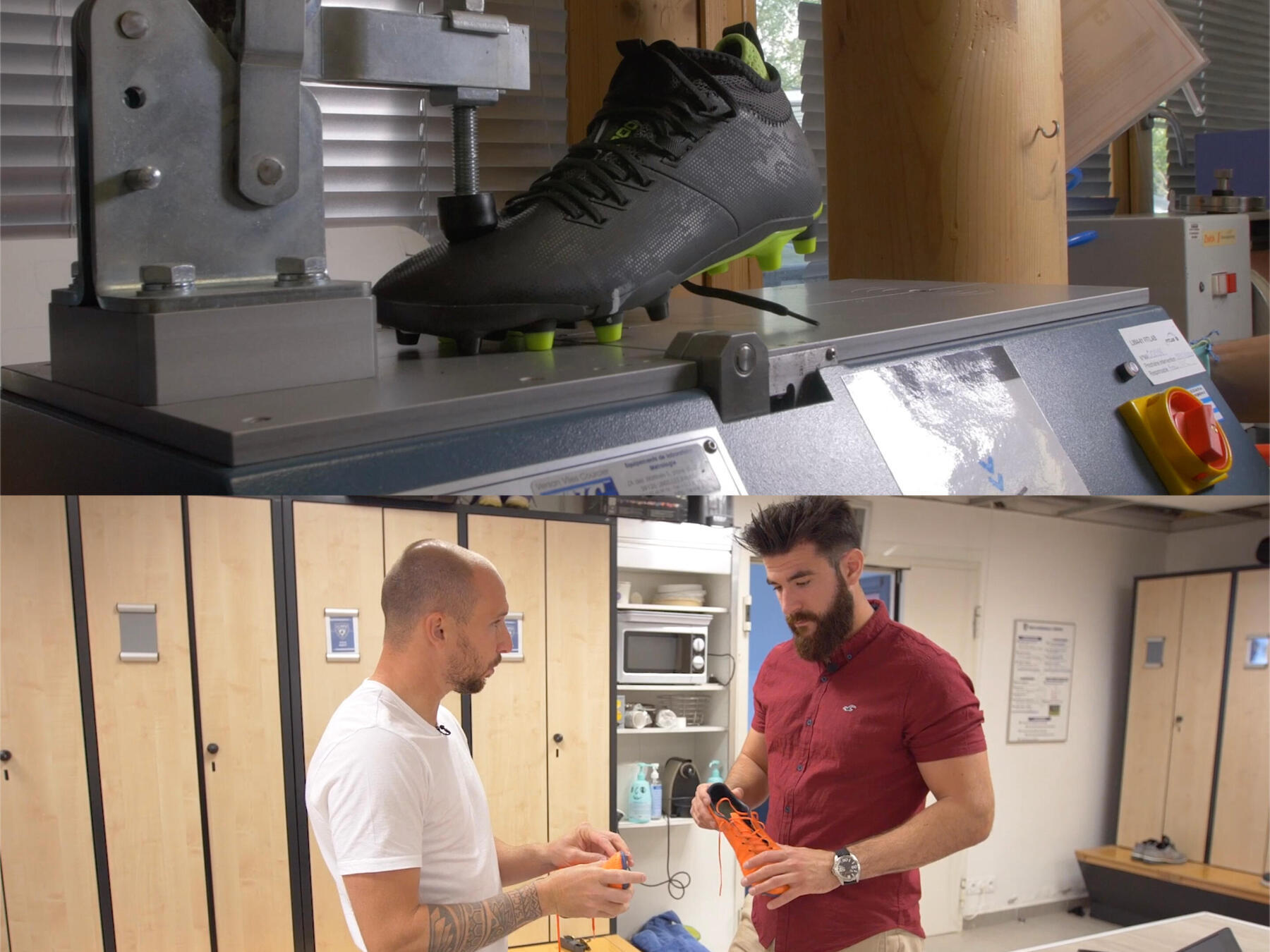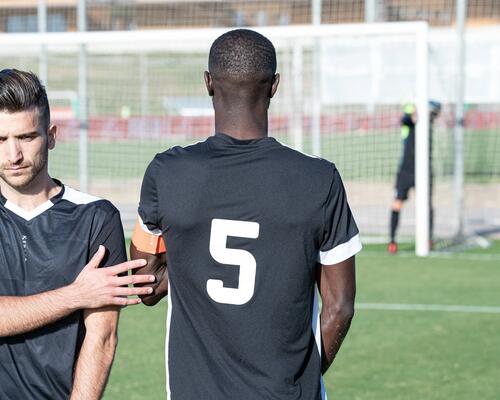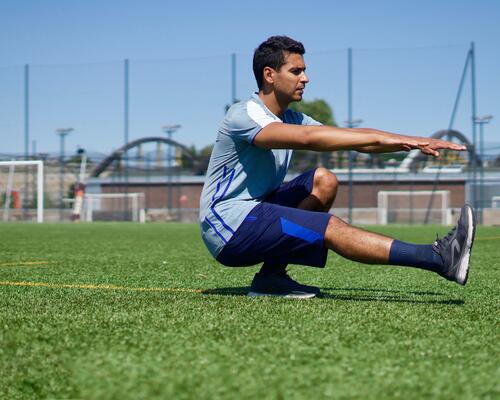Identifying a need
Football boots are a complex product to design as they experience numerous types of wear on and off the pitch. All of these elements are taken into account during the design stage. First thing's first: a boot is composed of an upper and a sole. At Decathlon, it takes around 18 months to design a football boot. That's the time from the project launch and the project manager's brief, which will be just a few lines long, to the day the boot hits the shelves.
Product development starts with the specifications, which are sent to the product engineer and designer by the product manager. The product manager will have spent several weeks or even months beforehand thinking about their product range and identifying their needs (in particular, by observing players on the pitch) in order to come up with a coherent project that's in line with the brand's vision.

